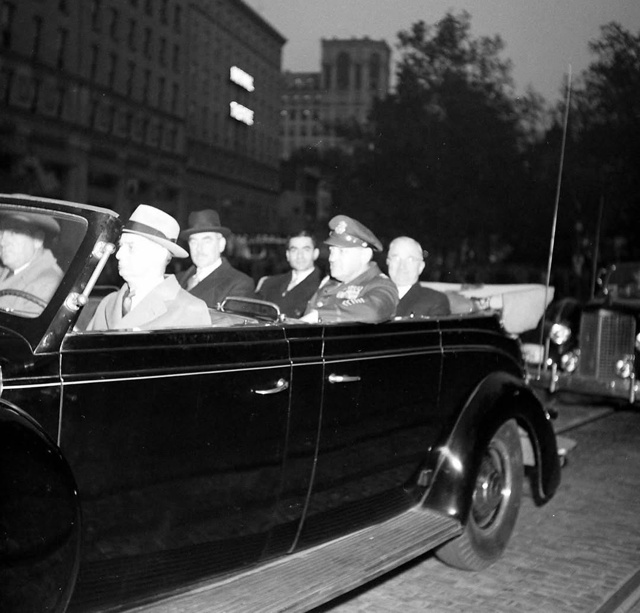This early period of cultural diplomacy helped shape U.S. perceptions and contributed to an image of the country as both traditional and forward-looking—an image the Shah sought to reinforce. Shah Arya Mehr’s first official visit to America marked the beginning of a deeper strategic alliance that would expand throughout the 1950s, especially following the 1953 coup and the subsequent strengthening of U.S. relations. While the full consequences of this partnership would unfold over the coming decades—sometimes positively and sometimes controversially—the 1949 trip remains a foundational moment in the diplomatic history between the two nations.
The visit symbolized shift toward the West during the early Cold War and demonstrated the Shah’s ambition to secure international support for his vision of a strong, modern state. When Mohammad Reza Shah Pahlavi arrived in Washington in November 1949 for his first official visit to the United States, he was still a relatively young ruler—only 30 years old—and was seeking to establish his own diplomatic identity distinct from that of his father, Reza Shah. His trip symbolized not just a formal state visit, but also his personal emergence as a statesman on the global stage.


